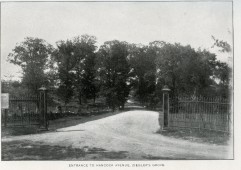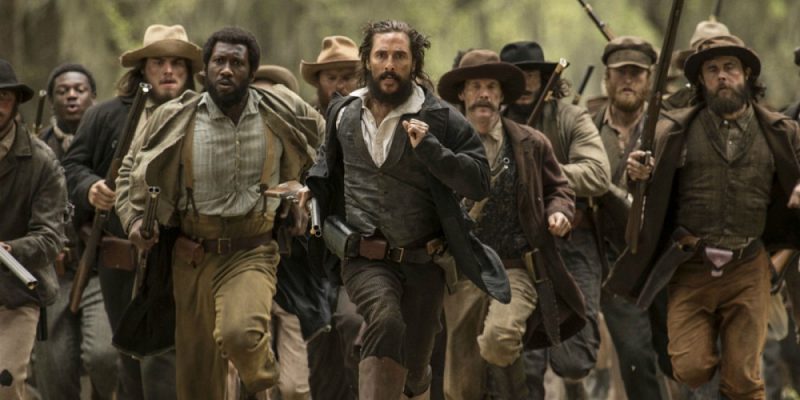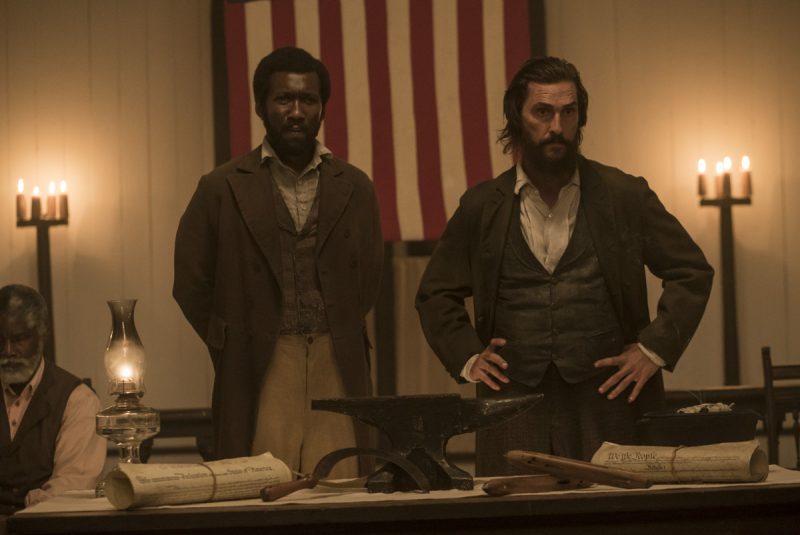 A Savage War: A Military History of the Civil War
A Savage War: A Military History of the Civil War,
Williamson Murray and Wayne Wei-siang Hsieh Princeton University Press;
616 pages; maps, $35.
Brief: Combines scholarly and military perspectives in a
study that emphasizes the distinct martial cultures of North and South,
and the conflict's role in the rise of modern warfare.
From the Publisher:
The
Civil War represented a momentous change in the character of war. It
combined the projection of military might across a continent on a scale
never before seen with an unprecedented mass mobilization of peoples.
Yet despite the revolutionizing aspects of the Civil War, its leaders
faced the same uncertainties and vagaries of chance that have vexed
combatants since the days of Thucydides and the Peloponnesian War.
A Savage War sheds critical new light on this defining chapter in military history.
In
a masterful narrative that propels readers from the first shots fired
at Fort Sumter to the surrender of Robert E. Lee’s army at Appomattox,
Williamson Murray and Wayne Wei-siang Hsieh bring every aspect of the
battlefield vividly to life. They show how this new way of waging war
was made possible by the powerful historical forces unleashed by the
Industrial Revolution and the French Revolution, yet how the war was far
from being simply a story of the triumph of superior machines. Despite
the Union’s material superiority, a Union victory remained in doubt for
most of the war. Murray and Hsieh paint indelible portraits of Abraham
Lincoln, Ulysses S. Grant, William Tecumseh Sherman, and other major
figures whose leadership, judgment, and personal character played such
decisive roles in the fate of a nation. They also examine how the Army
of the Potomac, the Army of Northern Virginia, and the other major
armies developed entirely different cultures that influenced the war’s
outcome.
A military history of breathtaking sweep and scope,
A Savage War reveals how the Civil War ushered in the age of modern warfare.
Williamson Murray is professor emeritus of history at Ohio State University. His many books include
The Iran-Iraq War.
Wayne Wei-siang Hsieh is associate professor of history at the United States Naval Academy. He is the author of
West Pointers and the Civil War. They both live in Fairfax, Virginia.
Reviews:
"[An]
outstanding account of the American Civil War. . . . This expertly
written narrative will draw in anyone with an interest in the Civil War
at any knowledge level."
--Library Journal, starred review
"A genuinely fresh, persuasive perspective on the Civil War. . . . [
A Savage War]
will make even readers with a strong knowledge of the war think about
how it was fought and why it ended as it did. A winner for Civil War
history buffs."
--Kirkus, starred review
"[A] very important new history of the American Civil War by two important historians."
--Newt Gingrich
"[A] new and interesting military history of the American Civil War."
--Francis P. Sempa, New York Journal of Books
"The best, clearest, and most instructive military history of the Civil War I have ever read. . . . [
A Savage War] hit a home run."
--Tyler Cowen, Marginal Revolution
Endorsements:
"If you think that there is nothing new to write about the Civil War, this book will prove you wrong."
--H. R. McMaster, author of Dereliction of Duty: Lyndon Johnson, Robert McNamara, the Joint Chiefs of Staff, and the Lies That Led to Vietnam
"More
than just another narrative of the Civil War, this thoughtful and often
provocative book is an engaging analysis of the leadership,
personalities, and strategies of both sides during America’s great
nineteenth-century trauma."
--Craig L. Symonds, author of Lincoln and His Admirals
"
A Savage War
is not just a riveting military narrative of the American Civil War
written by two military historians with singular pragmatic experience,
but a rare and much needed strategic assessment of the aims and methods
of the Union and the Confederacy--highlighted with incisive, blunt--and
persuasive-- appraisals of all the major generals and supreme
commanders."
--Victor Davis Hanson, author of Carnage and Culture and The Savior Generals
Table of Contents: List of Maps ix, Preface xi, Introduction 1
1 The Origins
2 The War’s Strategic Framework
3 “And the War Came”
4 First Battles and the Making of Armies
5 Stillborn between Earth and Water: The Unfulfilled Promise of Joint Operations
6 The Confederacy Recovers, 1862
7 The Confederate Counter-Offensives, 1862
8 The War in the East, 1863
9 The War in the West, 1863
10 The Killing Time: The War in the East, 1864
11 Victory in the West, 1864
12 The Collapse of the Confederacy
13 The Civil War in History
Acknowledgments , Notes , Further Reading,
Index
Text Source: Princeton University Press

























